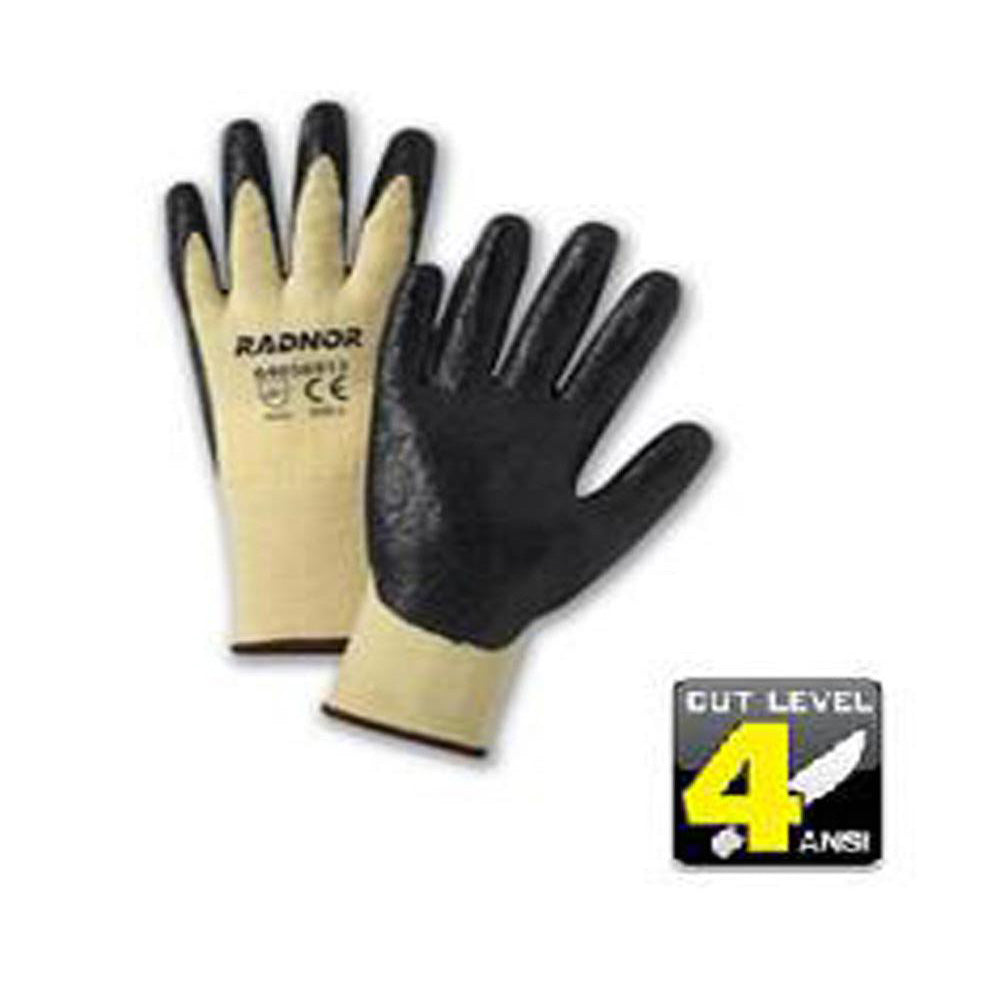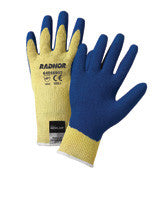Better, Stronger and Safer with DuPont Kevlar
Workers depend on their skills to get the job done safely. More importantly, they depend on their hands to put those skills to work. Innovative gloves made with Kevlar® help protect them for the job at hand and provide proven protection from cuts, heat and flame. The brand trusted by military personnel, first responders, NASA and industry experts conquering extreme industry hazards, Kevlar is synonymous with protection.Gloves with DuPont Kevlar Brand Fiber Provide:
- Cut Protection - Greater cut resistance at the same basis weight as HPPE, leather and cotton. Kevlar protection is stronger than steel on an equal-weight basis.
- Heat Resistance - Kevlar® helps protect against thermal hazards and won’t ignite, melt or degrade until 800°F.
- Comfort - Kevlar is 25% lighter at the same protection levels of other fibers so the gloves will actually get worn.
- Value - Optimal combination of lasting strength, performance, and comfort deliver protection to minimize risks and associated cost of injuries (including insurance costs, medical costs, lost work days, and downtime).
Advantages of Kevlar Brand Fiber:
Kevlar vs. HPPE: DuPont Kevlar is an ideal choice for a wide range of conditions. Most HPPE is not suitable for industrial dual-threat (cut/thermal) applications.DuPont Kevlar
- Greater cut resistance at lighter basis weight
- Kelvar is inherently flame resistant; does not support combustion
- Kevlar does not melt; it decomposes at relatively high temperatures (800°F to 900°F)
HPPE
- Lower cut protection than Kevlar™ on an equal weight base
- Flammable
- Very low melting/softening point (290°F - 300°F)
- Not recommended for use at temperatures over 158°F for long periods
Kevlar vs. Leather and Cotton
- Cut Resistance - DuPont Kevlar is an ideal choice for cut resistance protective apparel due to its strength, lightweight and high degree of cut resistance, as illustrated in the chart below.
-
Thermal Barrier - The seconds between the perception of pain and actual injury are critical. Compared with leather, Kevlar delivers the decisive edge that can help save workers from a trip to the ER or from causing harm to others. In addition, Kevlar is 80% more cut resistant than leather and at a lighter weight.


